Open Up a Description of Wild Life in Andes Mountain - The Andes are a range of mountains that spread over 4,300 miles along the West coast of South America and divide seven countries. Those are Venezuela, Colombia, Ecuador, Peru, Bolivia, Chile, and Argentina. The Andes are the widest chain of mountains in the world that include many of the tallest peaks in the Western Hemisphere. The Andes are also relatively narrow.
Contents
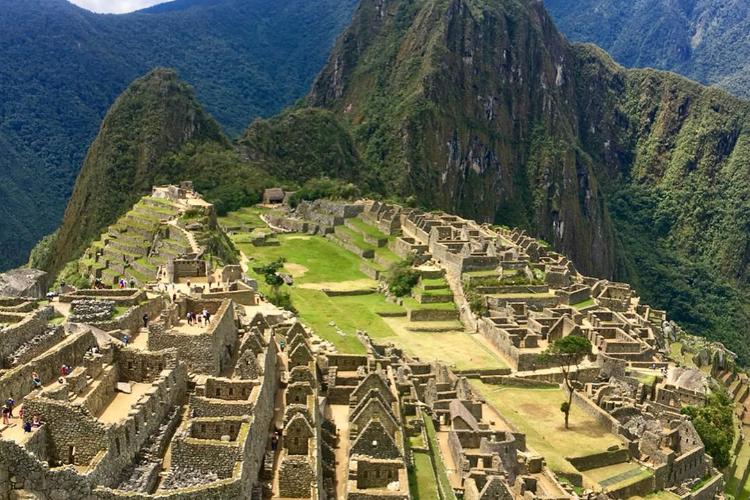
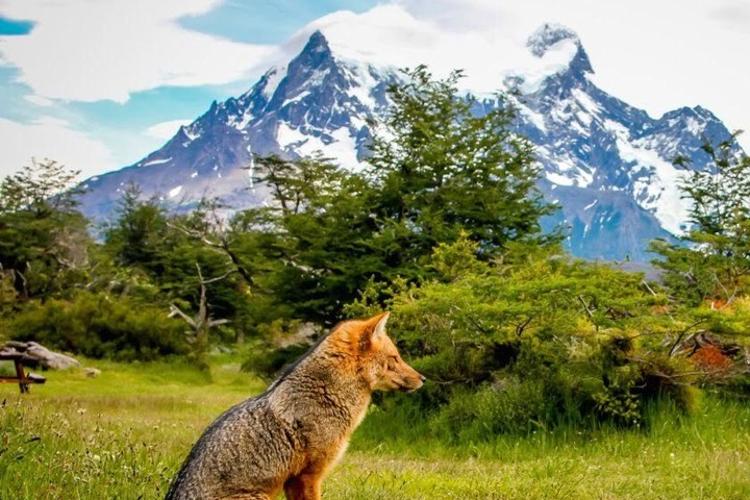
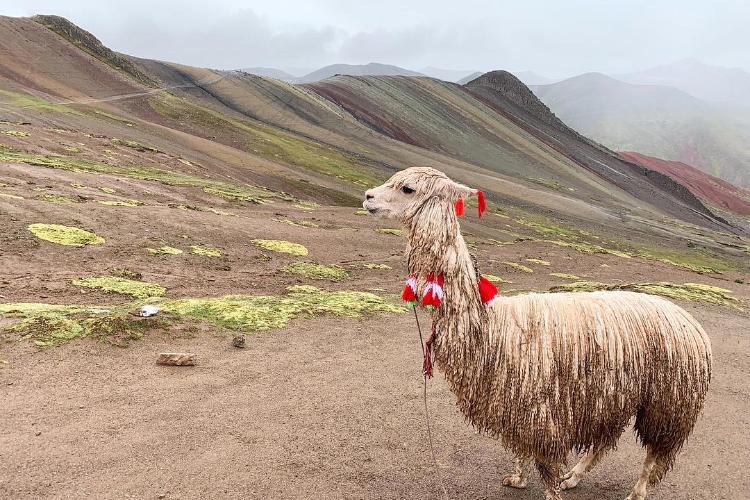
What do you know about Andes Mountains? Checking out this review will enrich you the great knowledge of wild life in Andes Mountain which includes the following description:
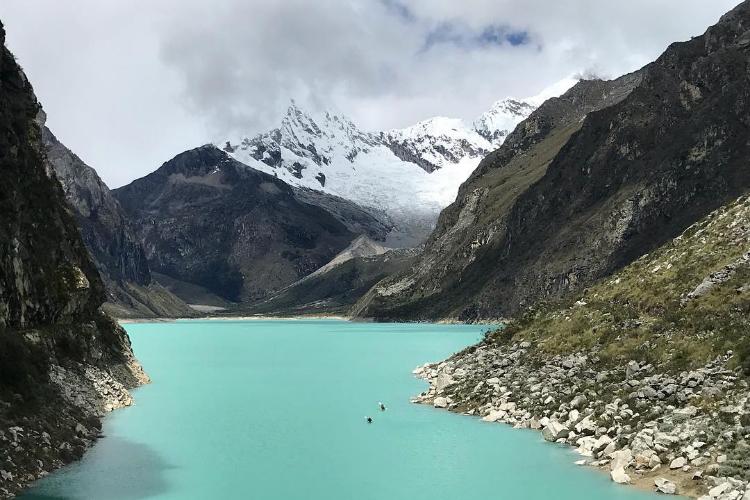
The first description you have to know about wild life in Andes Mountain is the location and the nature. Andes Mountain is also called "The Andes" is actually located in Spanish particularly in Cordillera de Los Andes or Los Andes. The Andes is part of South America and becomes the great nature on the Earth. The Andes has stretching lines which consists of high plateaus and surrounded the high peaks for about 5,500 miles away or 8,900 kilometers. Thus, The Andes doesn't consists of single-line peaks but the mountain ranges, plateaus and depressions. There are two distinct ranges which are Cordillera Oriental and Cordillera Occidental. These two ranges are the most characteristics of the Andes you can find.
Andes Mountains spread over 4,300 miles along the west coast of South America. It divides seven countries which are Venezuela, Columbia, Ecuador, Bolivia, Chile, Argentina and Peru. The tallest peak takes place in the Western Hemisphere. However, The Andes is considered narrow.
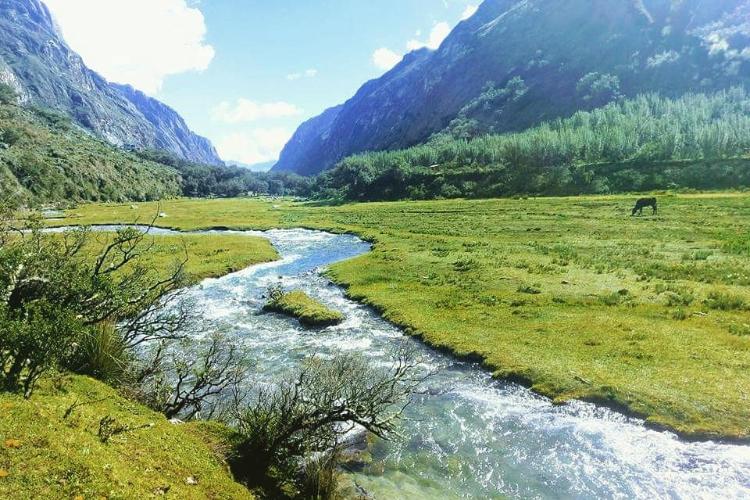
The second thing you have to know out of the wild life of Andes Mountain is the climate. The Andes Climate is much depending on latitude, altitude, precipitation, and patterns. Northern Andes of Venezuela and Columbia are warm and wet enough along the cloud forest and tropical forest.
Due to the seasonal variation of the central Andes, wet season as well as dry season mostly occur in Ecuador, Peru and Bolivia. Meanwhile, in the southern of Andes which is Chile and Argentina separate the area into Dry Andes and Wet Andes. It means that the season of dry and wet are occurring in the two different area.
The climate throughout the Andes varies and depends on latitude, altitude, precipitation, and patterns. The Andes are separated into three regions: the Northern Andes, the Central Andes, and the Southern Andes. Within each of these regions, there is much diversity in climate, weather, and habitats. The northern Andes of Venezuela and Colombia are quite warm and wet, and include habitats such as cloud forests and tropical forests.
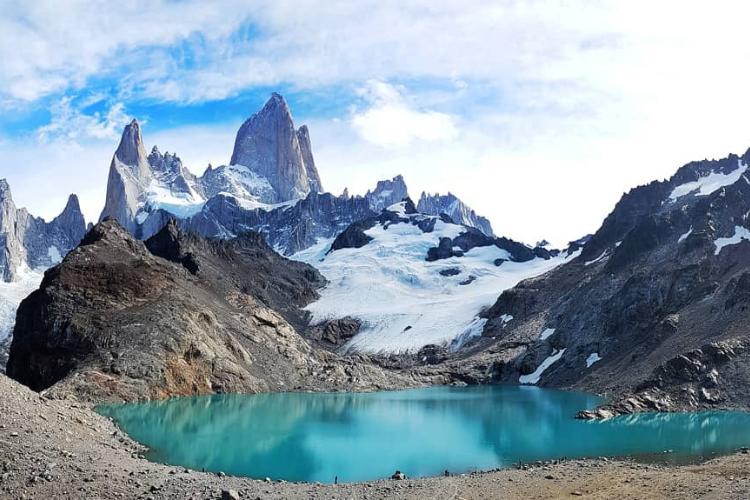
Now the third wild life in Andes Mountain you have to know more is the habitat for animals. What places are proper for certain animals? In The Andes, there are around 3,700 animals' species you can find, 500 reptile species you can see, 300 fishes species you can have a look and more than 100 amphibians species which are surprising you. Due to the narrow Andes lines, this number of species is considered huge.
Some data about wild life in Andes Mountain proved that the peak of the mountains are the habitats for the wild life. The thick woolly fur mammals which have been living there are sheep and goats. Incredibly, these sheep and goats have sure-footed so that they can be able to go up the rocky slopes. Other mammals which inhabit Andes Mountains particularly in North America include the bighorn sheep, mountain goats, brown bears, black bears, antelopes and the mountain lions.
Now let's go to the camel family which is also inhabiting the Andes Mountain. This species is completed with even-toed hoofed and able to live by herds in the high plateaus in some regions such as Peru, Bolivia, Ecuador, and Northern Chile. The species are categorized as grazers and feeding on grass as well as hay.
In The Andes, you can also find the Andean condor which is less common and found in Venezuela and Columbia. This species inhabits grasslands along with the alpines habitat up to 17,000 feet. Other species found in wild life in Andes Mountain is the short-tailed chinchillas and the long-tailed one. Recently, they seems to extinct because of being tortured for their fur. Therefore, their number is decreasing significantly from time to time.
Other species we may find in this Andes Mountain is the tiny cat species. Tiny cat species inhabits the higher regions of the central Andes. In this case, the mountain cat of Andes is also going to extinct along with the less number of 2000 which is remaining in the wild. Thus, tiny cat now become the rare animals right now.
There are a lot of species which are going to extinct besides the ones mentioned above. One of which is the Titicaca water frog. This species is endemic to the Lake Titicaca. However, the pollution, hunting, predation in the lake have made the frogs decrease in number.
Wild life in Andes Mountain also shows the fact of the habitat for goose. In this case, the goose is the large shield goose along with the black and white plumage, orange legs and feet as well as a pink bill. Andean goose lives in the elevations of Andes Mountain for above 9,000 feet in some regions including Peru, Bolivia, Chile and Argentina.
What about bear? Are they living in the Andes Mountain, too? The answer is definitely yes. Bear is the only native species you can find in South America. This species particularly lives in the woody places of Andes Mountain chain such as Venezuela, Columbia, Ecuador, Peru and Bolivia. Amazingly, this bear species possess black fur, keen eyesight, and the eyes which have distinctive golden-colored rings of fur framing.
The Central Andes, that stretch through Ecuador, Peru, and Bolivia, mostly experience more seasonal variation than the Northern region. Habitats in this region fluctuate between a dry and a wet season. The Southern Andes of Chile and Argentina are separated into two distinct zones, known as the Dry Andes and the Wet Andes.
In the Andes about 3,700 species of animals can be found, including 500 species of mammals, 1,600 species of birds, 500 species of reptiles, and 300 species of fishes, and more than 100 species of amphibians.
High mountains are a dreary habitat for wild life, so mammals living there have thick woolly fur. Mountain sheep and goats are very sure-footed to allow them to climb the uneven, rocky slopes. The bighorn sheep, mountain goats, brown bears, black bears, mountain lions, and antelopes are the known wild lives in North America (Canada, USA).
The alpaca is a species of even-toed hoofed mammal and belongs to the camel family. They are native to South America and are kept in herds in the high altitude plateaus in Peru, Bolivia, Ecuador, and Northern Chile. These species are grazers and feed on hay and grass.
The Andean condor can be found throughout the Andes, it is far less common in the mountain ranges of Venezuela and Columbia. Andean Condors inhabit grasslands, alpine habitats up to 17,000 feet. It likes open habitats where it can find carrion as it soars above.
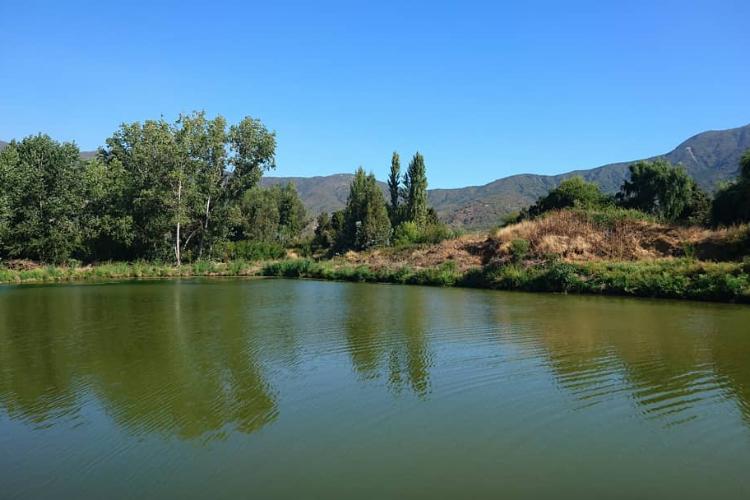
The short-tailed chinchilla and the long-tailed chinchilla are some other species of wild lives around these Andes region. Being heavily tortured for their fur, they recently became endangered species, because their count has been declined drastically. Short-tailed chinchillas are currently known as critically endangered on the IUCN Red List.
Mountain cat is a tiny cat which inhabits in the high regions of the central Andes. The Andean mountain cat is also an endangered species, and with less than 2,000 numbers left they are remaining in the wild as one of the rarest animals.
The Titicaca water frog is an endangered frog which is endemic to Lake Titicaca. Titicaca water frogs were once common, and they have now declined in number due to hunting, pollution, and predation by trout that has been introduced to the lake.
The Andean goose is a large shield goose with black and white plumage, a pink bill, and orange legs and feet. The Andean goose inhabits elevations of the Andes above 9,000 feet in Peru, Bolivia, Argentina, and Chile.
The spectacled bear is only native species of the bear of South America. It lives in the forested areas of the Andes mountain chain including Venezuela, Colombia, Ecuador, Bolivia, and Peru. Spectacled bears have black fur, keen eyesight, and distinctive golden-colored rings of fur framing their eyes.

Due to some facts that there are a lot of species which nearly extinct, people should be aware of this case. Before we suggest what to do with the case, it is better to predict and analyze what is causing the extinction.
It has been stated that the wild life in Andes Mountain nearly extinct because of the several reasons. First, it is because of the human involving such as hunting. If the local government let this problem continue, there will be no more species lives in the area.
The second reason is the pollution. Pollution is also caused by human. Again, human is the main factor causing the wild life goes worse. Other reason is the less food availability for the animals so that they are dying.
Well, now to focus on solving the problem, it is suggested that the local government make some rules about the hunting. There must be a determined regulation to save the wild life and not to hunt any animals for any importance. Besides involving the government in organizing the rules, local people who lives nearby must also be friendly to the nature.
Wild life in Andes Mountain must also be free from any kind of pollution. Although it is impossible to get rid of the pollution fully, there might be an effort to lessen the number of pollution which endangers the animals' life there.

In conclusion, wild life in Andes Mountain is rich of species due to the different regions ranging along the Andes Mountain. Valley and high peaks of mountains dominate the topography of the area. The habitat is also rich of many species which needs to be aware since a lot of them are in danger which means they are becoming less in number from year to year. Thus, there must be a real regulation and solution to keep the wild life in Andes Mountain.
 |
 |
 |
 |
Recent Post
Try the new FREE GiveAways Page
Something wrong ? Try refresh this page
Whitelist, remove adblock to see all the secrets. Once done, hit refresh button below.
 |
 |
 |
 |